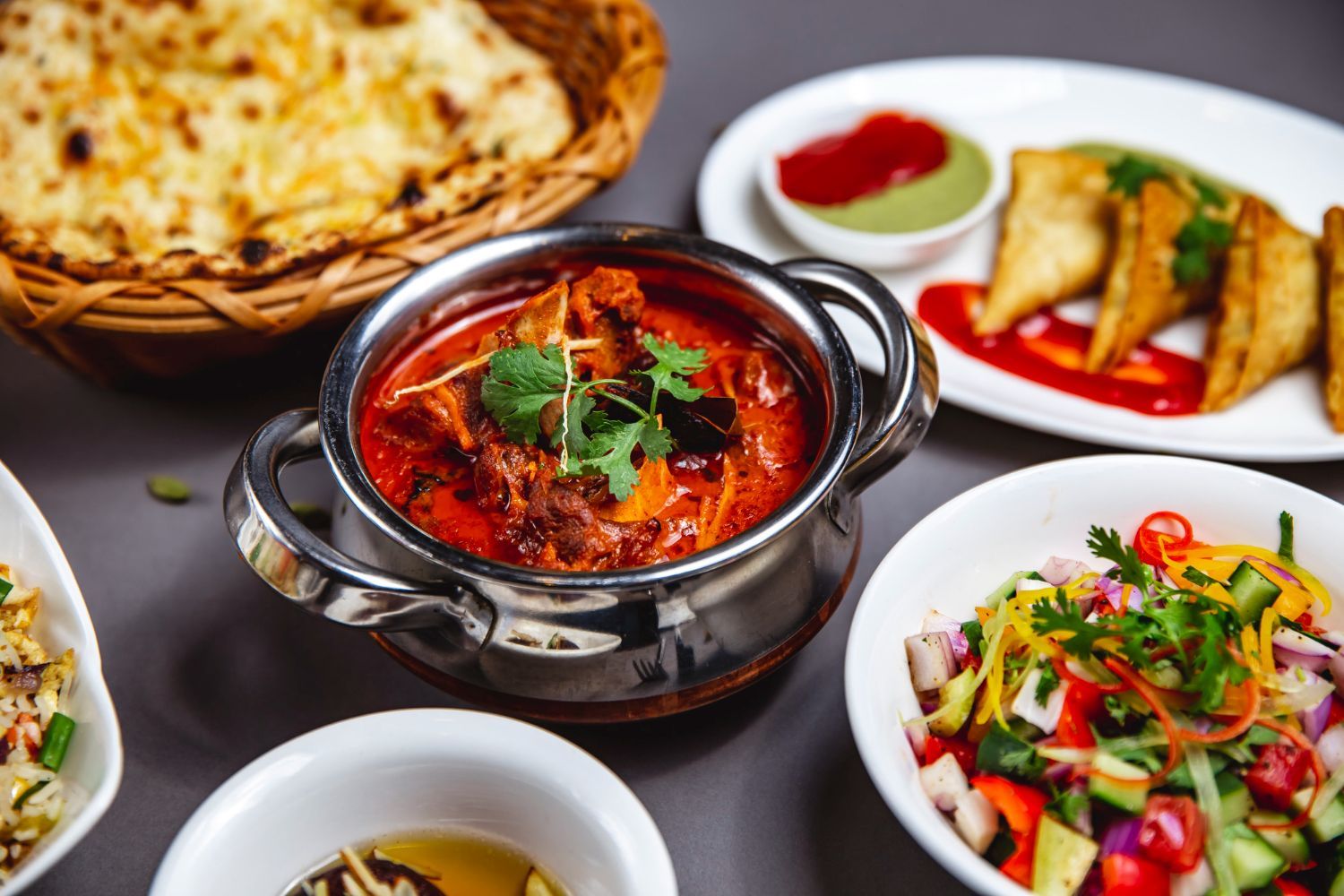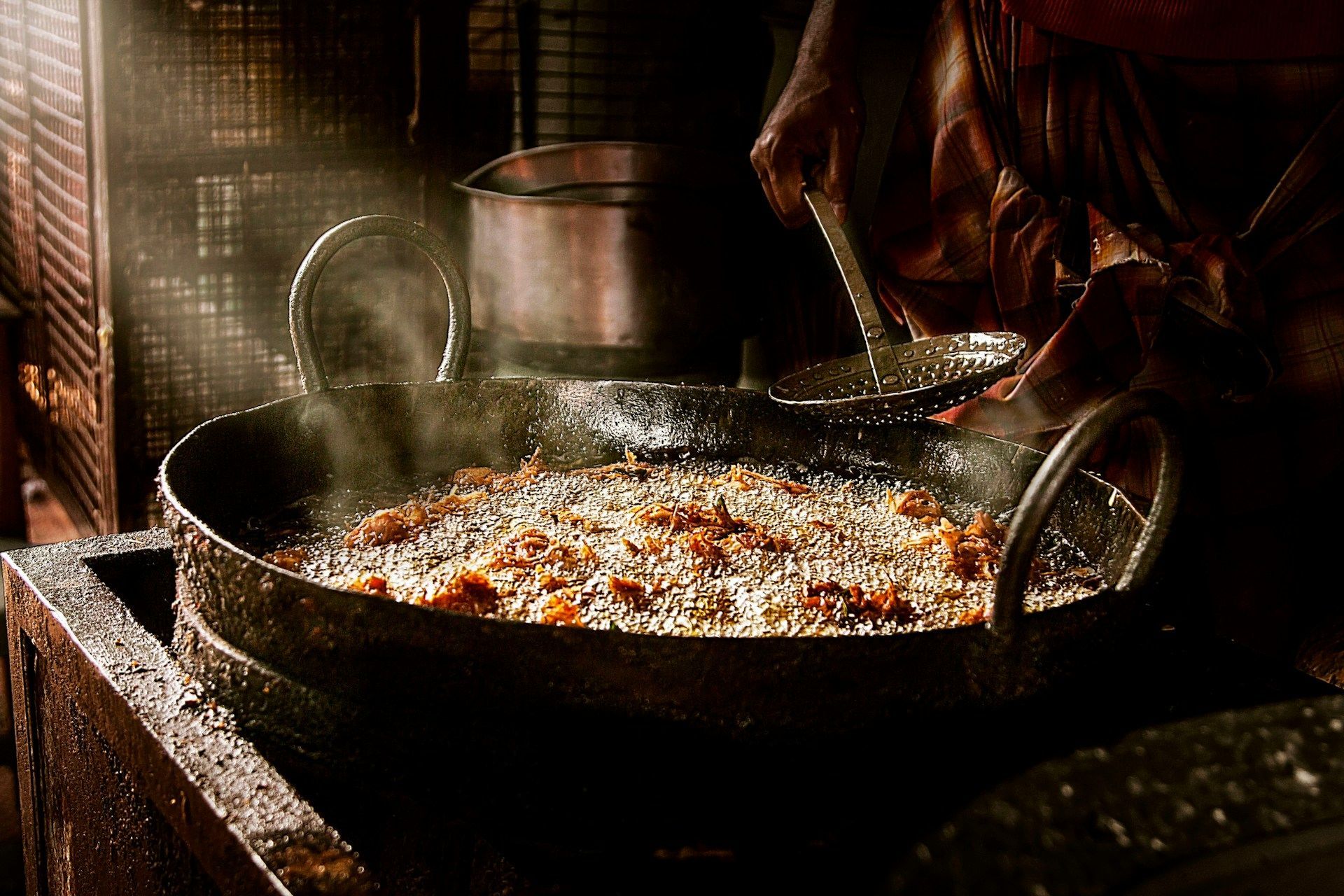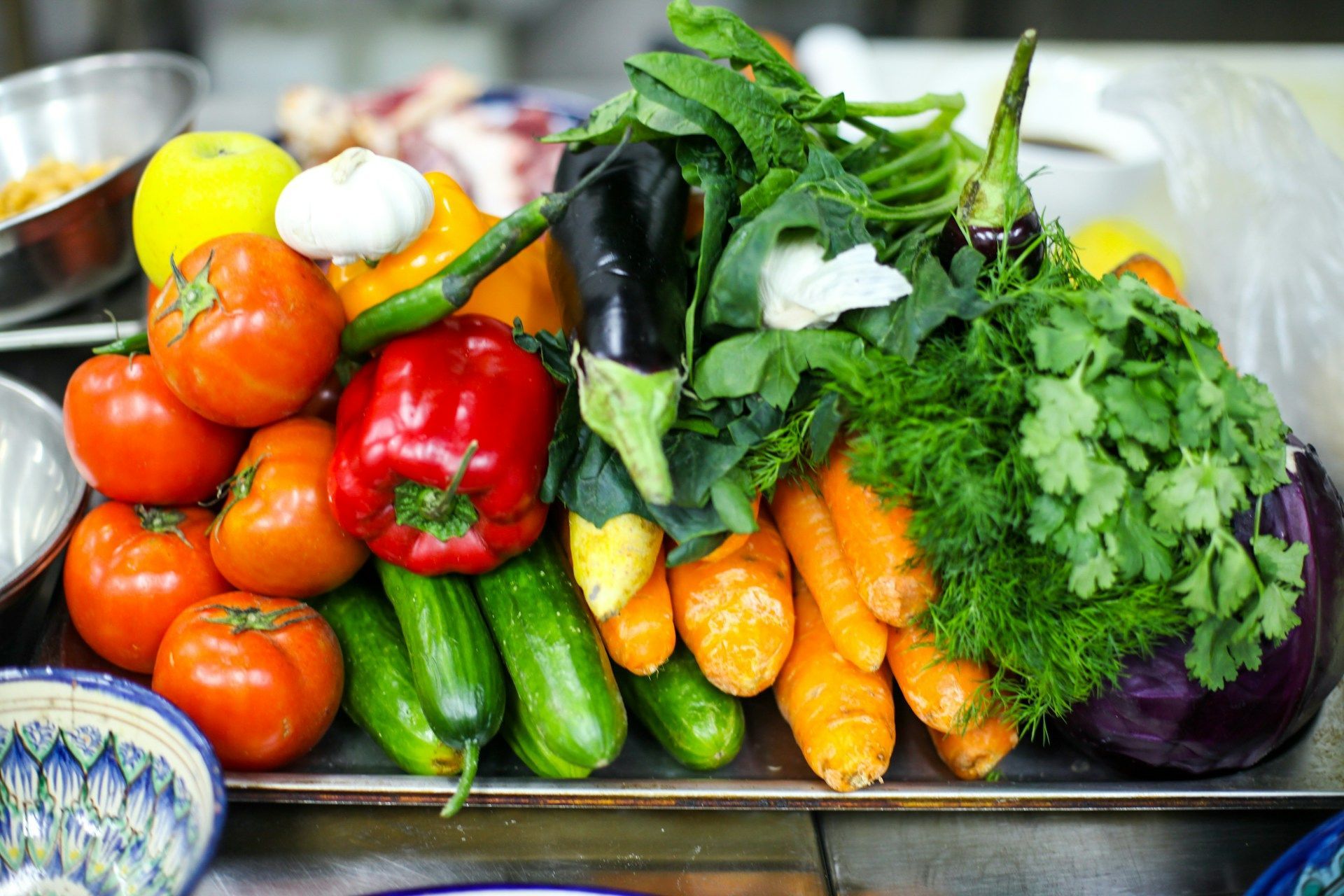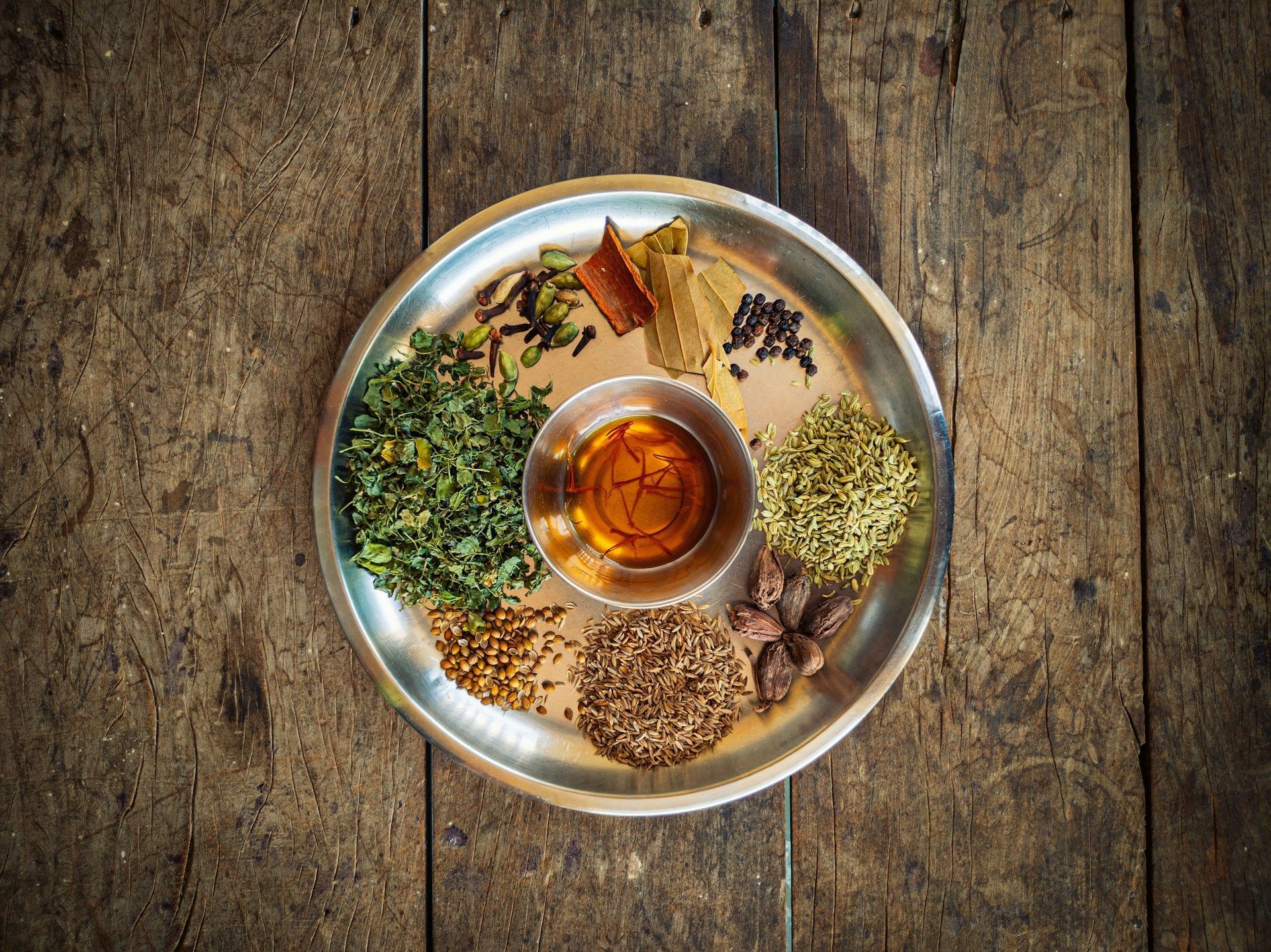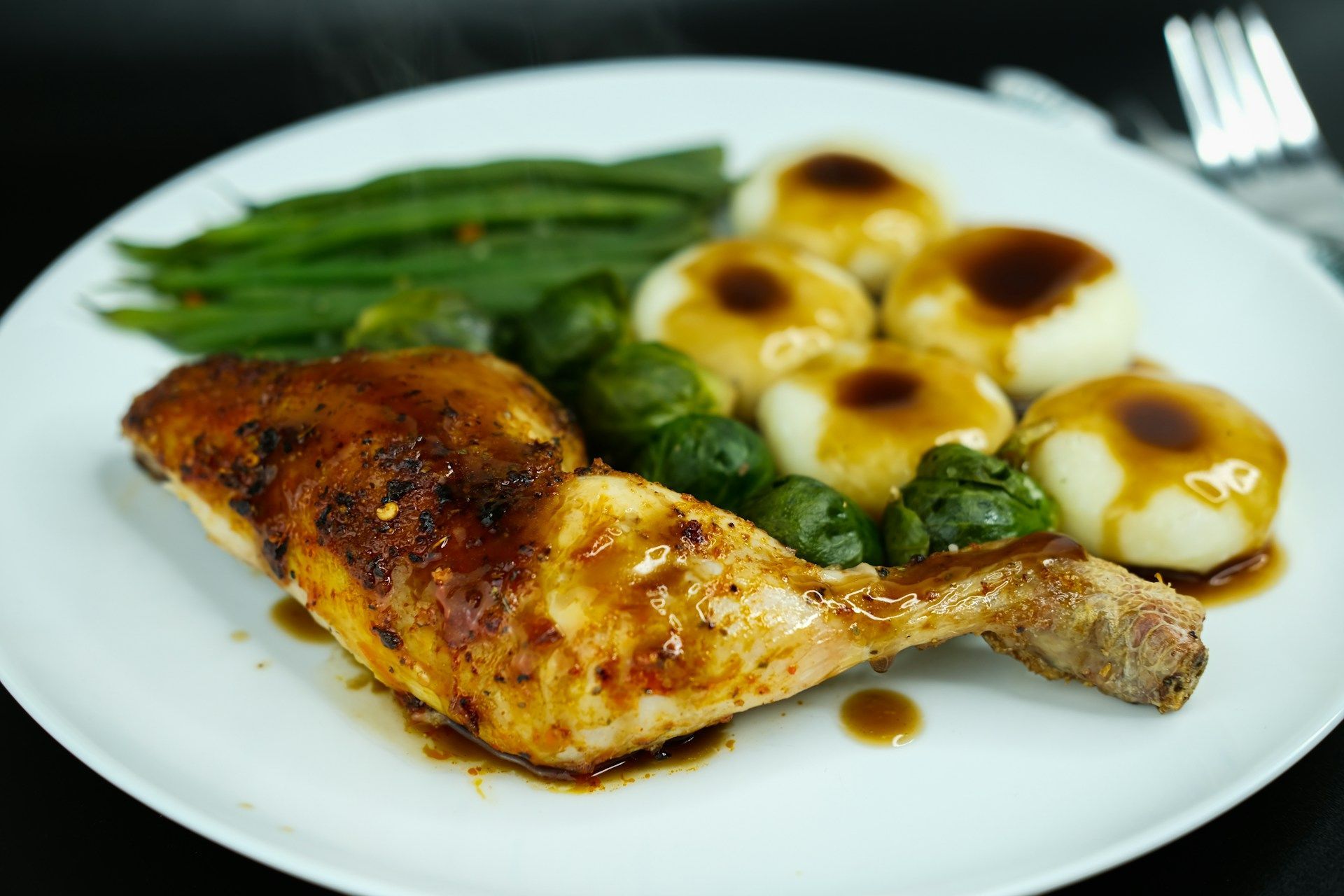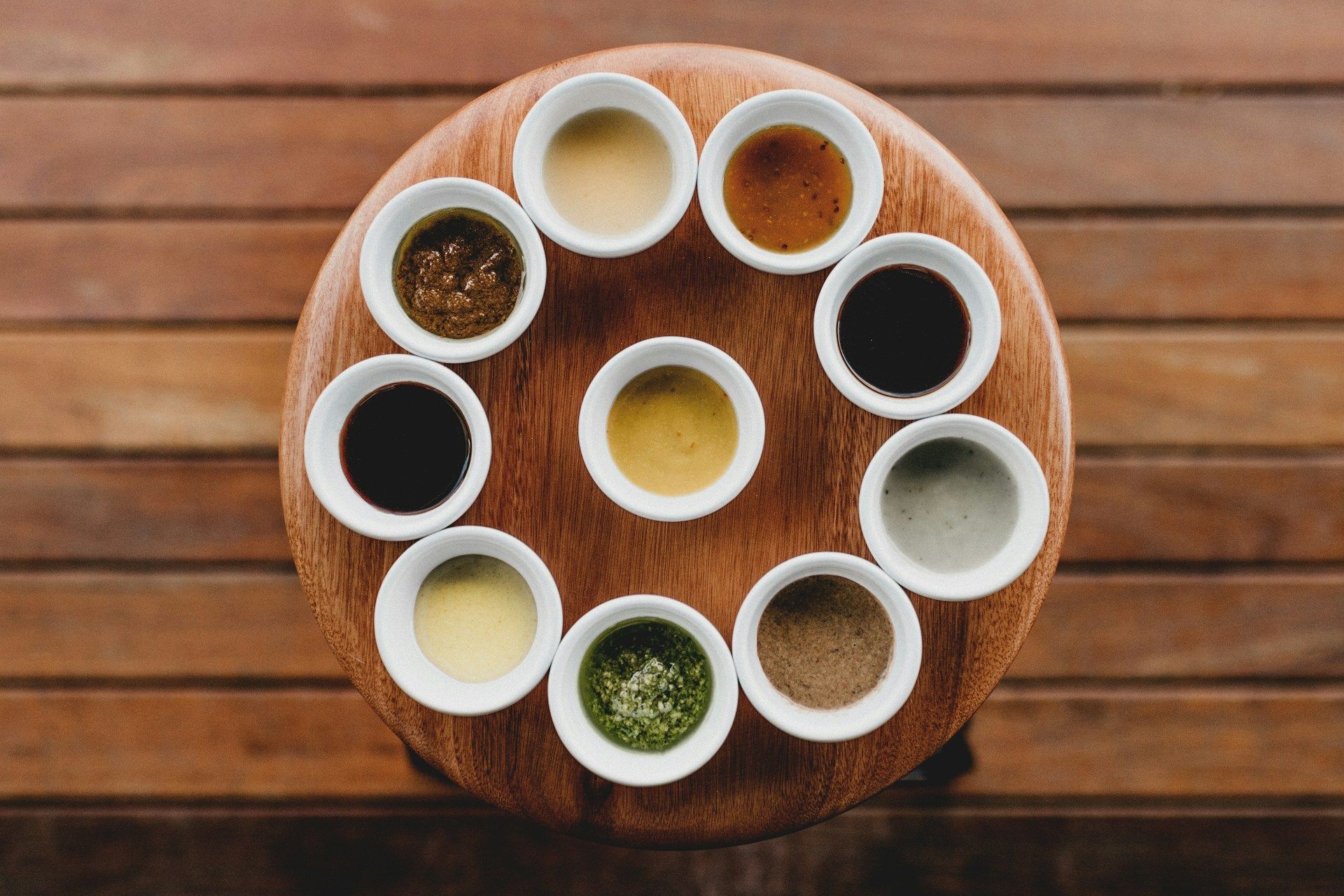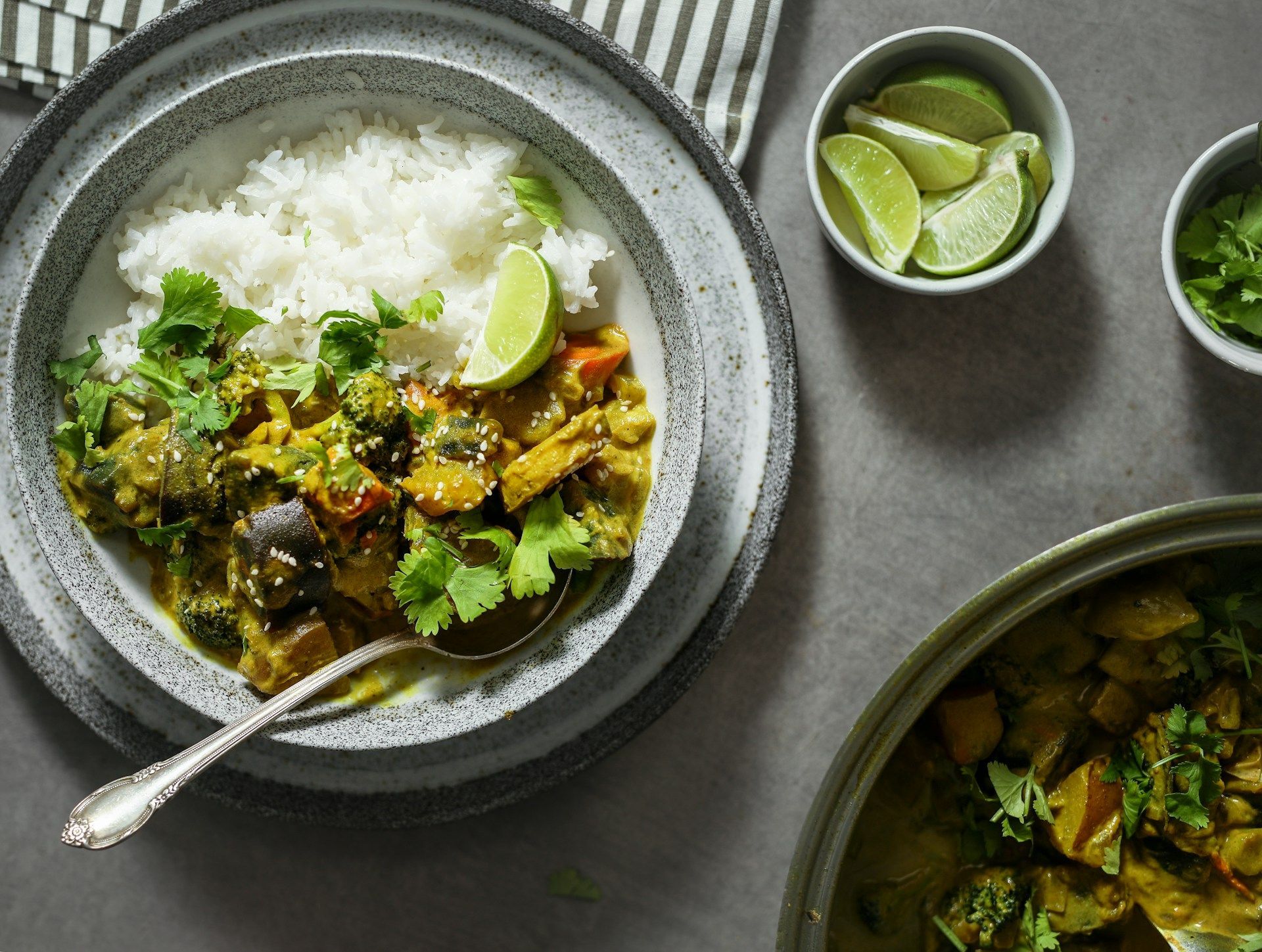What to Do When Your Curry Isn't Spicy Enough
This is a subtitle for your new post
Imagine sitting down for a much-anticipated meal of curry, your taste buds ready for that familiar, exciting dance of spices. You take your first bite only to realize something's missing—the curry's not packing the spicy punch you expected. This can be disappointing, especially if you've been looking forward to the savory heat that makes each mouthful an adventure. Everyone has their spice threshold, and sometimes, the dish just doesn't match up to what you're seeking.
If you're near London Bridge and crave authentic, perfectly spiced curries, places like Tower Tandoori are well-known for delivering just that. But what do you do when you're at home or out and about and your curry needs a bit of a kick? Fear not, as there are numerous ways to assess and adjust the spice level of your dish to suit your palate and make the entire meal more enjoyable.
Assess the Spice Level
Before you make any adjustments, it's helpful to accurately taste and understand the spiciness of your curry. This not only helps in appreciating the dish more fully but also aids in deciding what level of heat you want to add.
- Start with a Taste Test: Begin by sampling the curry as it is. Take small bites so you can focus more on the flavours and heat levels. Notice any tingling in your mouth or throat, which can indicate underlying spiciness.
- Check for Redness: A red hue in the curry often signifies the presence of red chili or paprika. This can be a useful visual hint when estimating the spice level before tasting.
- Understand Heat Tolerances: Be aware that different people have varying tolerance levels for spiciness. What might be mild for one person could be fiery to another. Accepting this variance can help set the right expectations.
By thoroughly appreciating the original state of the curry, you'll be better prepared to make informed decisions on how to enhance it. Whether you're a spice enthusiast or someone who prefers a milder experience, assessing the spiciness lets you tailor it to your liking without prematurely overpowering the dish.
Add Some Heat
Once you've gauged the current spice level, the fun part begins—enhancing it to your preference. If you're dining out, inquire if the restaurant provides extra chili flakes, fresh green chilies, or even a variety of hot sauces. These additions can make a real difference without altering the foundational taste of the curry. When at home, reach for options like dried chili flakes, cayenne pepper, or black pepper.
Remember, it's best to add spice slowly, mixing in a little and then tasting before adding more. This gradual approach prevents overpowering the dish and allows you to enjoy your meal without any surprising heat blasts. Chipotle and smoked paprika could offer a distinct, smoky twist while still providing that desired warmth. They are typically part of an Indian kitchen's spice array and can enhance the depth of the curry's flavour profile.
Enhance Flavours with Restaurant Tips
Indian chefs often use a range of fresh herbs and spices to elevate the flavour and spice levels of dishes with precision. Freshly chopped coriander can give a burst of freshness, reducing any potential harshness from added heat. Additionally, ginger and garlic are frequently used to complement and balance spice levels, enriching the overall taste. They contribute warmth and depth, rounding off any sharp edges from hotter ingredients.
Using yoghurt or lemon juice can help balance a dish that's almost too spicy. Yoghurt provides a cooling effect, which can tame some heat while enhancing the curry's creaminess. Lemon juice adds a citrusy zing, brightening the flavours and complementing spicy notes. These methods ensure your curry retains its flavour without becoming overwhelming, maintaining a perfect balance.
Pairing with Spicy Sides and Accompaniments
For a more adventurous approach, consider spicy sides or condiments that accompany your curry. Adding accompaniments can offer varied heat levels within your meal, further customizing the experience. Classic spicy sides like masala poppadoms or spicy fried onions add layers of texture and zest. Pickles and chutneys, like a tangy lime pickle or green chili pickle, pack heat and delicious contrasts.
Pairing a curry with a cold, refreshing drink can also enhance the experience. Lassi or a mint lemonade work well to counterbalance the spice, adding a soothing element to your meal. Crafting a spicy adventure around your curry can change the entire dining experience, making it vibrant and exciting.
Cooking at Home: Quick Fixes
Creating an extra punch at home might be more straightforward than you think. When preparing curry, spices like cumin, coriander seed, and turmeric not only build the base but also naturally bring out rich, warm flavours. To up the heat, dried red chilies, chili powder, or even fresh jalapeños can be added during cooking to intensify the flavours.
Quick fixes for an already-prepared curry include sprinkling red pepper flakes or mixing in hot sauce to taste. Remember, curry leaves are a fantastic addition, infusing aromatic flavours without overpowering the dish. Keep in mind to adjust the quantity according to your preferred spice level, as these elements are potent and can quickly change the dish's character. Having reliable household spices at hand ensures you can easily adapt any meal to your taste preference.
For those searching for a delightful dining experience with authentic flavours, look no further. Tower Tandoori near London Bridge offers a range of delectable dishes. Explore our
curry in London Bridge options on the à la carte menu and discover the perfect blend of spices that suit your palate.

